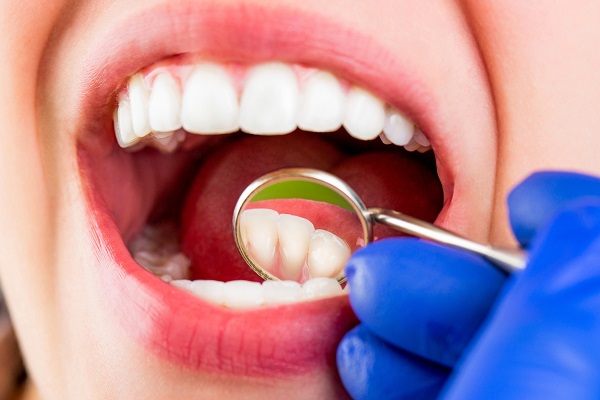How a Periodontist Can Help With Receding Gums

Wondering whether a periodontist can treat receding gums? Read on to learn more. Due to the increasing awareness about dental hygiene, many people are worried about gum recession. This issue is not just cosmetic: It may signal underlying dental problems that could cause serious health problems if ignored. Although routine dental care such as brushing, flossing, and seeing the dentist regularly is essential, sometimes, more specialized care is necessary. Periodontists specialize in the structures of teeth. If you are struggling with receding gums, undergoing an examination is vital.
How can a periodontist help with receding gums?
Periodontists are dentists who have completed additional training to focus on preventing, diagnosing, and treating gum disease. They are well-equipped to handle even the most difficult periodontal problems. They are well-versed in both non-surgical and surgical treatments for gum-related issues. The following is an overview of how a periodontist tends to deal with gum recession:
Diagnosing the underlying cause
Gum recession is frequently just the beginning of a much larger issue. A periodontist will first perform a thorough examination. They will evaluate your dental history, measure the extent of gum recession, and identify the root causes. This in-depth evaluation guarantees that the proposed treatment will address the underlying issue, rather than just masking the symptoms.
Non-surgical treatments
Scaling and root planing, a form of deep cleaning, is often the first step in treating gum recession. This cleaning method thoroughly and carefully gets rid of tartar and plaque from the tooth and root surfaces. The process makes the gum roots less rough, preventing bacteria from adhering to the surface.
Periodontists might recommend antibiotic gels or oral antibiotics to manage bacterial infections. These inhibit the growth of bacteria that cause gum recession and promote healing.
Surgical options
Surgical treatments are an option when non-surgical methods fail or if gum recession is particularly severe. The following are the types of procedures available to treat gum recession
- Gum grafts: This process entails surgically attaching a small piece of healthy tissue to the damaged area of the gums. By covering the exposed roots, this graft helps stop further recession and even bone loss.
- Regeneration: This can help if bone loss has occurred due to gum recession. Here, the periodontist implants bone- and tissue-growing regenerative material into the site of bone loss.
- Pocket reduction surgery: This is sometimes necessary when gum disease has destroyed the bone structure around a tooth. By cleaning the area and reducing the gum pockets, the periodontist can help gum tissue reattach to healthy bone and restore oral health.
Prevention and post-treatment care
Instructions for follow-up care and prevention are just as important as the treatment itself. Professional guidance on how to brush and floss properly and suggestions for specific products are just some of the many services periodontists can provide.
In conclusion
Even though receding gums are a common dental problem, they still require attention. You can fight gum recession with the help of a periodontist because they provide a diagnosis in addition to non-surgical treatments, surgical procedures, and preventative guidance. If you have noticed your gums are receding, or you want to prevent it, your first step should be to schedule a consultation with a periodontist.
Request an appointment here: https://www.montgomerycountyperio.com or call Montgomery County Periodontal Associates at (281) 404-7548 for an appointment in our The Woodlands office.
Check out what others are saying about our dental services on Yelp: Periodontics in The Woodlands, TX.
Related Posts
The jawbone is the part of the face that holds many essential elements together, such as the teeth, ligaments, and muscles; however, bone grafting may sometimes be necessary if the jawbone is too weak to perform these tasks. A person’s jawbone can deteriorate over time, whether due to age, genetics, poor oral health, cancer, or…
All-on-4® implants offer patients a practical and effective solution for full-arch tooth replacement. When considering these implants, it can be beneficial to seek the expertise of a periodontist. Periodontists have the training and experience to install these implants, offering numerous benefits to those looking to improve the health and aesthetics of their smile.All-on-4 implants are…
Your periodontist can improve your smile. A gummy smile happens when excess gums go over your teeth. The gums make your teeth smaller or shorter. It can vary from one patient to the next. Correcting a gummy smile depends on how you perceive your smile. If you want to know a periodontist’s treatment options for…
Gum grafting is a dental procedure to treat gum recession, where the gum line recedes exposing more of the tooth or its root. This condition can cause sensitivity, increased decay risk, and aesthetic concerns. Gum grafting techniques restore gum tissue to its original form to correct this issue.Gum grafting is the addition of tissue where…
